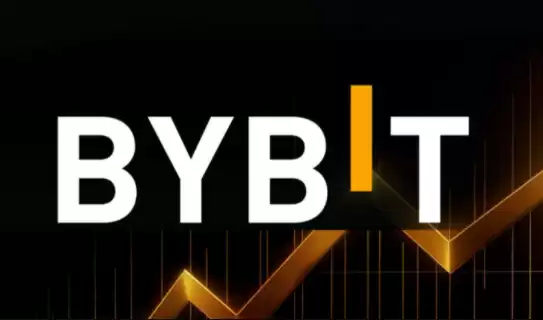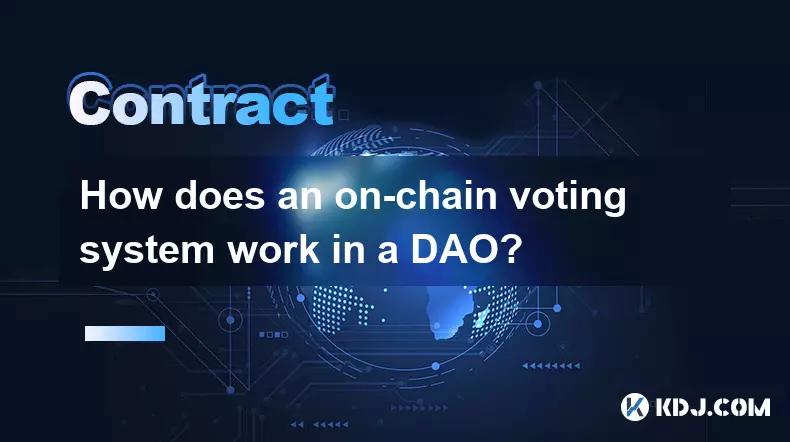-
 bitcoin
bitcoin $101752.865364 USD
-1.09% -
 ethereum
ethereum $3382.985899 USD
-1.38% -
 tether
tether $0.999658 USD
0.04% -
 xrp
xrp $2.272505 USD
-1.51% -
 bnb
bnb $989.089004 USD
0.14% -
 solana
solana $156.962612 USD
-3.08% -
 usd-coin
usd-coin $0.999776 USD
0.01% -
 tron
tron $0.290786 USD
-0.69% -
 dogecoin
dogecoin $0.174594 USD
-2.86% -
 cardano
cardano $0.560085 USD
-3.55% -
 hyperliquid
hyperliquid $40.023704 USD
-5.75% -
 chainlink
chainlink $15.324649 USD
-2.78% -
 bitcoin-cash
bitcoin-cash $493.576540 USD
-3.52% -
 zcash
zcash $571.320038 USD
-12.05% -
 stellar
stellar $0.280066 USD
-4.26%
How to play Bybit delivery contracts
Bybit delivery contracts provide traders a versatile option for speculating on crypto values without owning the assets themselves, offering leverage and flexible trade parameters for profit optimization.
Nov 09, 2024 at 12:16 pm

Bybit delivery contracts offer traders a unique opportunity to speculate on the future price of cryptocurrencies without taking on the risk of holding the underlying assets. This guide will walk you through the steps on how to play Bybit delivery contracts, from creating an account to placing your first trade.
Step 1: Create a Bybit AccountThe first step is to create a Bybit account. You can do this by visiting the Bybit website and clicking on the "Sign Up" button. You will need to provide your email address, create a password, and agree to the terms of service. Once you have created an account, you will need to verify your email address. You can do this by clicking on the link in the confirmation email that Bybit will send you.
Step 2: Fund Your AccountOnce you have verified your email address, you will need to fund your account. You can do this by depositing cryptocurrency into your Bybit wallet. Bybit supports a wide range of cryptocurrencies, including Bitcoin, Ethereum, and USDT.
Step 3: Choose a Delivery ContractBybit offers a variety of delivery contracts, each with its own unique underlying asset and expiration date. You can choose from contracts based on Bitcoin, Ethereum, and other popular cryptocurrencies.
Step 4: Set Your Trade ParametersOnce you have chosen a delivery contract, you will need to set your trade parameters. This includes the contract size, the leverage you want to use, and the stop-loss and take-profit orders.
Step 5: Place Your TradeOnce you have set your trade parameters, you can place your trade. You can do this by clicking on the "Buy" or "Sell" button.
Step 6: Monitor Your TradeOnce you have placed your trade, you will need to monitor it. You can do this by clicking on the "Open Orders" tab. You will be able to see the current status of your trade, including the current price, the profit/loss, and the margin used.
Step 7: Close Your TradeWhen you are ready to close your trade, you can do so by clicking on the "Close" button. You will be able to choose from a variety of closing options, including the market price, the limit price, and the stop-loss price.
Tips for Playing Bybit Delivery ContractsHere are a few tips for playing Bybit delivery contracts:
- Do your research. Before you start trading, it is important to do your research and understand how delivery contracts work.
- Use a demo account. Bybit offers a demo account that allows you to practice trading delivery contracts without risking any real money.
- Start with a small position. When you first start trading, it is important to start with a small position. This will help you to manage your risk and avoid losing more money than you can afford.
- Use stop-loss and take-profit orders. Stop-loss and take-profit orders can help you to manage your risk and protect your profits.
- Monitor your trades. It is important to monitor your trades closely and make adjustments as needed.
Disclaimer:info@kdj.com
The information provided is not trading advice. kdj.com does not assume any responsibility for any investments made based on the information provided in this article. Cryptocurrencies are highly volatile and it is highly recommended that you invest with caution after thorough research!
If you believe that the content used on this website infringes your copyright, please contact us immediately (info@kdj.com) and we will delete it promptly.
- Ripple (XRP) in 2026: Hold or Fold? A Look at XRP's Future and Emerging DeFi Alternatives
- 2025-11-08 18:35:01
- Zcash ZEC Coin Price Explosion: From Privacy Niche to Center Stage
- 2025-11-08 18:55:01
- Berachain Price Prediction: Navigating the Honeycomb Hype in Crypto
- 2025-11-08 18:55:01
- Arthur Hayes, Gold, and Bitcoin: A Modern Monetary Trinity?
- 2025-11-08 19:15:01
- Shiba Inu's Next Move: Navigating a Shifting Market
- 2025-11-08 19:20:01
- Pakistan's Crypto Crossroads: Balancing Opportunity with Asset-Backed Realities
- 2025-11-08 19:20:01
Related knowledge

What is a Denial of Service (DoS) attack in a smart contract and what are its common forms?
Nov 10,2025 at 05:20am
Understanding Denial of Service in Smart Contracts1. A Denial of Service (DoS) attack in the context of smart contracts refers to a scenario where a m...

How do you safely send Ether to another contract?
Nov 09,2025 at 06:40pm
Sending Ether to Smart Contracts: Key Considerations1. Verify that the receiving contract has a payable fallback function or a designated payable func...

What is a state machine and how can a contract be designed as one?
Nov 08,2025 at 02:19pm
Understanding State Machines in Blockchain Context1. A state machine is a computational model used to design systems that transition between defined s...

How does a bonding curve work and how is it used for token sales?
Nov 09,2025 at 04:00pm
Understanding the Mechanics of Bonding Curves1. A bonding curve is a mathematical function that links the price of a token to its supply. As more toke...

How do you upgrade a smart contract using the UUPS proxy pattern?
Nov 09,2025 at 01:19am
Understanding the UUPS Proxy Pattern in Smart Contract DevelopmentThe UUPS (Universal Upgradeable Proxy Standard) pattern has become a cornerstone in ...

How does an on-chain voting system work in a DAO?
Nov 09,2025 at 04:20pm
Understanding On-Chain Voting in DAOs1. An on-chain voting system operates directly on a blockchain network, allowing token holders to cast votes that...

What is a Denial of Service (DoS) attack in a smart contract and what are its common forms?
Nov 10,2025 at 05:20am
Understanding Denial of Service in Smart Contracts1. A Denial of Service (DoS) attack in the context of smart contracts refers to a scenario where a m...

How do you safely send Ether to another contract?
Nov 09,2025 at 06:40pm
Sending Ether to Smart Contracts: Key Considerations1. Verify that the receiving contract has a payable fallback function or a designated payable func...

What is a state machine and how can a contract be designed as one?
Nov 08,2025 at 02:19pm
Understanding State Machines in Blockchain Context1. A state machine is a computational model used to design systems that transition between defined s...

How does a bonding curve work and how is it used for token sales?
Nov 09,2025 at 04:00pm
Understanding the Mechanics of Bonding Curves1. A bonding curve is a mathematical function that links the price of a token to its supply. As more toke...

How do you upgrade a smart contract using the UUPS proxy pattern?
Nov 09,2025 at 01:19am
Understanding the UUPS Proxy Pattern in Smart Contract DevelopmentThe UUPS (Universal Upgradeable Proxy Standard) pattern has become a cornerstone in ...

How does an on-chain voting system work in a DAO?
Nov 09,2025 at 04:20pm
Understanding On-Chain Voting in DAOs1. An on-chain voting system operates directly on a blockchain network, allowing token holders to cast votes that...
See all articles





















![The Graph Price Prediction [GRT Crypto Price News Today] The Graph Price Prediction [GRT Crypto Price News Today]](/uploads/2025/11/07/cryptocurrencies-news/videos/690d4df44fe69_image_500_375.webp)




















































